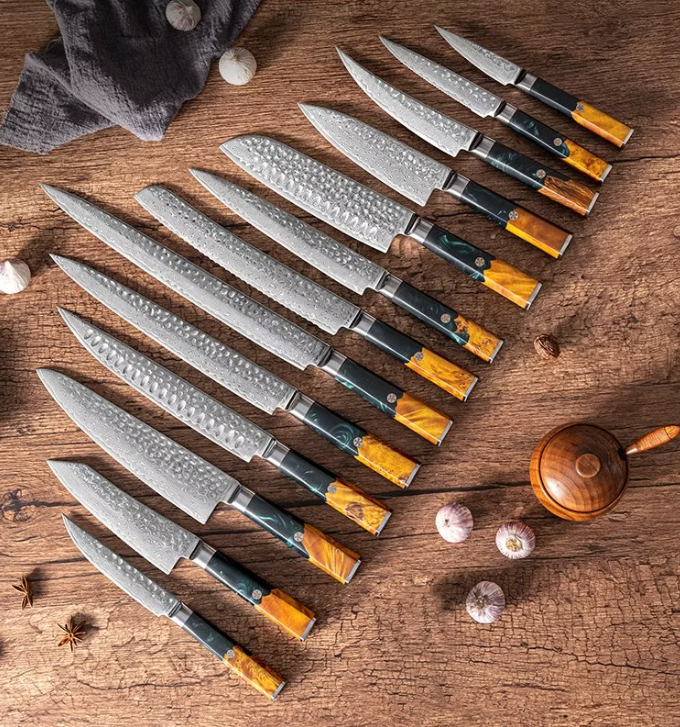Curiosities about warfare in the Middle Ages that you may not have known
When we think of the Middle Ages, it's easy to imagine castles, knights in shining armor, and epic battles between armies. However, the reality was much more complex and is full of interesting facts that show how wars were actually fought in those centuries. Today we review some surprising and little-known facts about medieval warfare.
1. The armor was not as heavy as we think
It's widely believed that medieval knights could barely move in their armor. In reality, a full suit of plate armor weighed between 20 and 30 kilos, similar to the equipment worn by a modern soldier. They were designed to distribute the weight evenly, allowing the knight to run, ride, and even get up from the ground without difficulty.
Check out our medieval weapons!
 |
 |
 |
2. The English longbow: a feared weapon
The English longbow turned the tide of several battles, such as those of Crécy (1346) and Agincourt (1415). Its range could exceed 250 meters, and a trained archer could fire up to 12 arrows per minute. Its power was such that it could pierce armor at some distance, turning simple trained peasants into one of the most lethal forces of the time.
3. Gunpowder arrived much earlier than you imagine
Although we usually associate cannons and firearms with the Renaissance, gunpowder artillery was already available in Europe in the 14th century. One of the first recorded uses was at the Battle of Crécy (1346), where the English employed primitive cannons known as ribaldis . They were inaccurate, but the noise and smoke had a powerful psychological effect on the enemy.
4. Diseases were more deadly than weapons
In most medieval campaigns, more soldiers died from disease than in combat. Poor hygiene, a shortage of drinking water, and poorly treated wounds led to fatal infections. Entire armies could be decimated before even engaging the enemy.
Articles from the Late Middle Ages!
5. The castles were not impregnable
Although castles appear to be impossible fortresses to conquer, most actually fell after prolonged sieges rather than direct assaults. The usual strategy was to cut off supplies and wait for the defenders to surrender from hunger or thirst. In some cases, catapults were even used to hurl dead animals or carcasses to spread disease within the fortress.
6. War horses were not common horses
Destriers , the knights' warhorses, were animals specially bred to carry weight and charge in battle. They were not large like today's Percherons, but rather compact, muscular, and extremely valuable: they could cost as much as a small house.
Warfare in the Middle Ages wasn't just a matter of swords and knights. It was a period of military innovation, ingenious tactics, and harsh realities that demystify many of the idealized images we have today. Knowing these details allows us to better understand how people lived and fought during those centuries of history. Don't miss our medieval articles!









